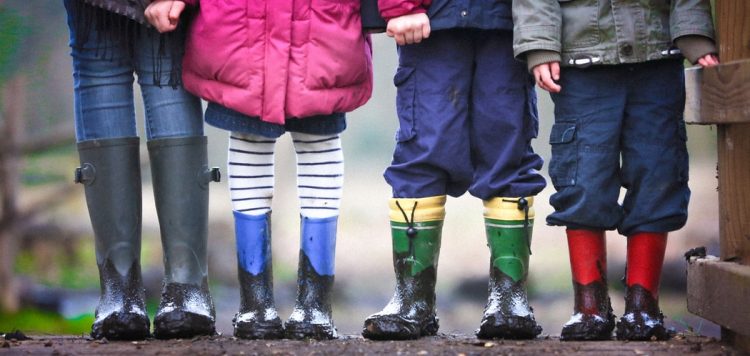“An ounce of prevention is worth a pound of cure.” – Benjamin Franklin
But is it also true when it comes to bullying? Look at your class. Picture your students. Chances are, 5 (or even more) of them are often bullied and you don’t even know it. Children have become skilled at hiding—even if the issue has gained more attention in recent years due to ever-evolving technology spawning new ways to communicate and harass people.
“Kids will be kids” is a famous saying which suggests that bullying is a normal part of growing up. Bullying can occur randomly or regularly. It can happen daily, weekly, monthly. It can range from middle-school girls being insulted and excluded from their group of friends to basketball players heroically intimidating their opponents.
Schools need to find new ways to address the problem and minimize occurrences. This includes having all teachers, staff, and administrators on board to prevent bullying from occurring. Even if all 50 U.S. states would require schools to have a bullying prevention policy in place, it still wouldn’t be enough.
Bullying is a real problem with serious consequences. Targeted children often suffer from:
- Poor performance in school
- Sleep issues
- Anxiety
- Depression
The biggest concern perhaps is that bullying can also lead to suicide. And let’s not forget the bullies; the behavior they exhibit as children can carry on into adulthood, and can often lead to violent tendencies and substance abuse.
It is your prerogative, as an educator, to make an impact. Schools are in the position to provide more protection and support to children and their parents. For the largest part, bullying occurs within the school’s perimeters—in the lunchroom, in the locker room, during recess or right outside the building.
How can you create an environment that prevents bullying?
Not all approaches to bullying prevention are equally effective. Most programs focus on raising awareness—but if they rely solely on punishment and zero-tolerance policies, they won’t be nearly as efficient as needed. At the same time, peer mediation that places the responsibility on children to work out conflicts can also increase bullying. Bystander intervention only works for some people.
Here are some of the strategies you can use to get started:
Teach kindness and empathy—from the earliest age, students should participate in activities that boost social-emotional learning. There are many ways a teacher can help children understand and appreciate their identities as well as others’. Empathy is the ability to put yourself in someone else’s shoes and help them find their place in the world.
Build a positive school climate—schools with a positive climate foster healthy development. Leadership is key to a positive climate: it promotes health and reduces the chances of dysfunction and disease. Reforming school climate should involve everyone so a school’s specific issues can be addressed, and the flavor of local cultures retained.
Establish an anonymous help system—the bullied child can report the assault anonymously and get immediate help. Plus, a counselor should be available for kids who are bullied, for the bullies as well as for those who help the bullies.
Identify ‘gateway behaviors’—often missed by educators who already have too much on their plates, these indicators can be difficult to detect. If you can recognize them early on, there’s a chance you can prevent the bullying behavior from developing. Some of the signs you should look out for:
- Eye rolling
- Prolonged staring
- Encouraging others to laugh
- Name-calling
- Ignoring or excluding
- Physical harm
- Stalking
Create opportunities for connection—a sense of community in your classroom can lower bullying incidents and facilitate healing for targeted students. Studies indicate that teaching students to speak up when they witness bullying behavior—and to take a stand—can reduce future situations by more than 50%.
Let your children express themselves and, more importantly, let them be heard. You can start facilitating opportunities for positive reinforcement by helping students get involved in afterschool activities that align with their interests.
There are many more ways to prevent bullying and schools can’t do it by themselves, no matter how much we might wish that. Families matter, too, and some bullying behaviors arise from harsh parenting practices or sibling bullying.
In other words, bullying is not just a childhood problem: it is a pervasive societal issue. A substantial shift in our mindsets is required in order to root out the causes and diminish the incidents.
Children are counting on us.
































